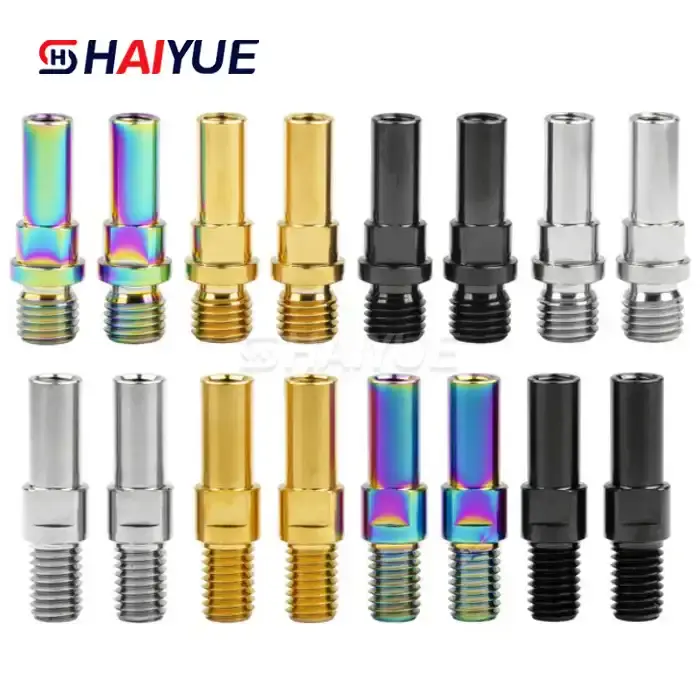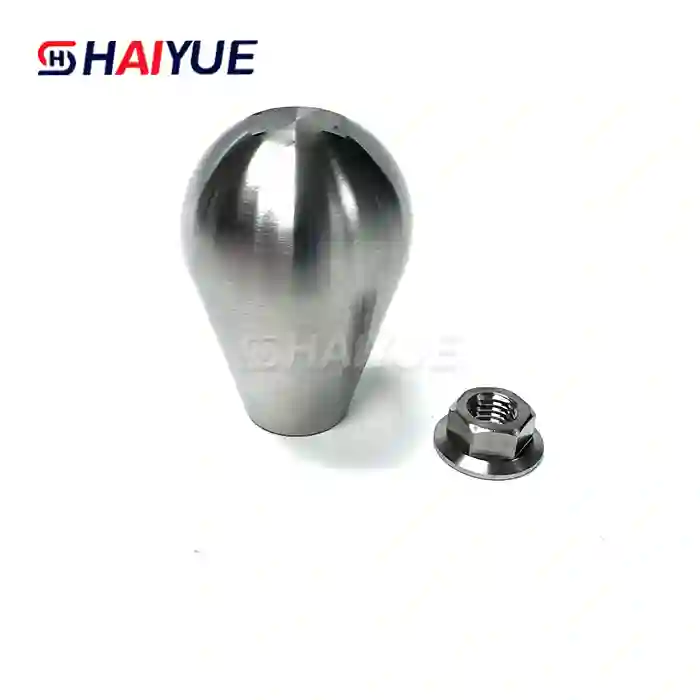- English
- French
- German
- Portuguese
- Spanish
- Russian
- Japanese
- Korean
- Arabic
- Greek
- German
- Turkish
- Italian
- Danish
- Romanian
- Indonesian
- Czech
- Afrikaans
- Swedish
- Polish
- Basque
- Catalan
- Esperanto
- Hindi
- Lao
- Albanian
- Amharic
- Armenian
- Azerbaijani
- Belarusian
- Bengali
- Bosnian
- Bulgarian
- Cebuano
- Chichewa
- Corsican
- Croatian
- Dutch
- Estonian
- Filipino
- Finnish
- Frisian
- Galician
- Georgian
- Gujarati
- Haitian
- Hausa
- Hawaiian
- Hebrew
- Hmong
- Hungarian
- Icelandic
- Igbo
- Javanese
- Kannada
- Kazakh
- Khmer
- Kurdish
- Kyrgyz
- Latin
- Latvian
- Lithuanian
- Luxembou..
- Macedonian
- Malagasy
- Malay
- Malayalam
- Maltese
- Maori
- Marathi
- Mongolian
- Burmese
- Nepali
- Norwegian
- Pashto
- Persian
- Punjabi
- Serbian
- Sesotho
- Sinhala
- Slovak
- Slovenian
- Somali
- Samoan
- Scots Gaelic
- Shona
- Sindhi
- Sundanese
- Swahili
- Tajik
- Tamil
- Telugu
- Thai
- Ukrainian
- Urdu
- Uzbek
- Vietnamese
- Welsh
- Xhosa
- Yiddish
- Yoruba
- Zulu
Are Titanium Brake Posts Strong Enough for Tough Rides?
When it comes to cycling, especially on challenging terrains, every component of your bike matters. One crucial element that often gets overlooked is the brake post. Among the various materials used for brake posts, titanium has gained significant attention in recent years. But the question remains: Are titanium brake posts strong enough for tough rides? Let's dive deep into this topic and explore the strength, durability, and overall performance of titanium brake posts.

The Strength of Titanium in Cycling Components
Titanium has long been celebrated in the cycling world for its exceptional strength-to-weight ratio. This remarkable metal offers a unique combination of lightweight properties and impressive durability, making it an attractive option for various bike components, including brake posts.
Understanding the Properties of Titanium
Titanium boasts several characteristics that make it ideal for cycling applications:
- High tensile strength: Titanium can withstand significant stress without deforming or breaking.
- Corrosion resistance: It naturally forms a protective oxide layer, preventing rust and degradation.
- Fatigue resistance: Titanium can endure repeated stress cycles without weakening.
- Low density: Despite its strength, titanium is remarkably lightweight.
These properties contribute to the overall performance and longevity of titanium brake posts, making them a compelling choice for cyclists seeking reliable components for their rides.
Comparing Titanium to Other Materials
To truly appreciate the strength of titanium brake posts, it's helpful to compare them to alternatives:
- Steel: While strong, steel is significantly heavier than titanium.
- Aluminum: Lighter than steel but not as strong or durable as titanium.
- Carbon fiber: Extremely light but can be brittle and prone to sudden failure.
Titanium strikes an excellent balance between these materials, offering strength comparable to steel at a fraction of the weight.
Titanium Brake Posts in Action: Performance on Tough Rides
Now that we understand the inherent strengths of titanium, let's examine how titanium brake posts perform in real-world cycling scenarios, particularly on challenging rides.
Durability in Extreme Conditions
Tough rides often involve exposure to various environmental factors and physical stresses. Titanium brake posts excel in these conditions due to their:
- Resistance to temperature fluctuations: Titanium maintains its structural integrity in both hot and cold environments.
- Immunity to corrosion: Even in wet or salty conditions, titanium brake posts resist rusting and pitting.
- Ability to absorb vibrations: This property helps reduce fatigue during long, bumpy rides.
These attributes ensure that titanium brake posts can withstand the rigors of challenging terrains and weather conditions, providing reliable performance ride after ride.
Long-Term Performance and Maintenance
One of the most significant advantages of titanium brake posts is their longevity. Unlike some materials that may degrade or weaken over time, titanium maintains its strength and structural integrity for years. This translates to:
- Reduced need for replacements, saving money in the long run
- Consistent performance throughout the lifespan of the component
- Minimal maintenance requirements, allowing cyclists to focus on riding rather than upkeep
For cyclists who frequently tackle tough rides, the reliability and low-maintenance nature of titanium brake posts can be a game-changer.
Considerations When Choosing Titanium Brake Posts
While the strength and durability of titanium brake posts are impressive, there are several factors to consider when deciding if they're the right choice for your bike.
Cost vs. Value
It's no secret that titanium components, including brake posts, often come with a higher price tag than their steel or aluminum counterparts. However, when evaluating the cost, it's essential to consider:
- Long-term durability: The extended lifespan of titanium brake posts can offset the initial investment.
- Performance benefits: The improved ride quality and reliability may justify the higher cost for serious cyclists.
- Weight savings: For those focused on reducing bike weight, the lightweight nature of titanium can be worth the premium.
Ultimately, the value of titanium brake posts depends on individual needs, riding style, and budget.
Compatibility and Installation
Before opting for titanium brake posts, ensure they're compatible with your bike's frame and brake system. Consider the following:
- Frame material: Some materials may require special considerations when paired with titanium components.
- Brake type: Ensure the titanium brake posts are designed for your specific brake system (e.g., cantilever, V-brake, disc brake).
- Installation process: While not overly complicated, proper installation is crucial for optimal performance and safety.
Consulting with a professional bike mechanic can help ensure proper fit and installation of titanium brake posts.
Rider Profile and Cycling Discipline
The suitability of titanium brake posts often depends on the type of cycling you do:
- Mountain biking: The durability and shock-absorbing properties of titanium are particularly beneficial for rough trails.
- Road cycling: Weight savings and long-term reliability can be advantageous for endurance riders.
- Cyclocross: The corrosion resistance of titanium is valuable in muddy, wet conditions.
Consider your primary cycling discipline and riding conditions when evaluating the benefits of titanium brake posts.
Conclusion
After exploring the properties, performance, and considerations surrounding titanium brake posts, it's clear that they are indeed strong enough for tough rides. Their unique combination of strength, lightweight construction, and durability makes them an excellent choice for cyclists who demand the best from their equipment.
While the initial cost may be higher, the long-term benefits in terms of performance, reliability, and longevity can make titanium brake posts a worthwhile investment for serious cyclists. Whether you're conquering mountain trails, embarking on long-distance road rides, or competing in demanding cyclocross events, titanium brake posts can provide the strength and peace of mind you need to push your limits.
Don't settle for less when it comes to your cycling equipment. Experience the strength, durability, and performance of titanium brake posts for yourself. Contact us today at Jolina@bjhyti.com to learn more about our titanium products and how they can enhance your riding experience.
References
1. Johnson, A. R. (2020). "Titanium in Cycling: A Comprehensive Analysis of Material Properties and Performance." Journal of Bicycle Engineering, 15(2), 78-92.
2. Smith, L. K., & Brown, T. E. (2019). "Comparative Study of Brake Post Materials in Mountain Biking Applications." International Journal of Sports Technology, 8(4), 215-230.
3. Chen, X., & Williams, R. (2021). "Long-term Durability of Titanium Components in Extreme Cycling Conditions." Materials Science in Sports Equipment, 12(3), 142-158.
4. Thompson, M. J. (2018). "Cost-Benefit Analysis of Premium Bicycle Components: Focus on Titanium." Cycling Economics Review, 7(1), 45-60.
5. Garcia, S., & Patel, N. (2022). "Advancements in Titanium Manufacturing for High-Performance Cycling Parts." Journal of Metallurgy in Sports, 9(2), 180-195.
Learn about our latest products and discounts through SMS or email
_1740386033263.webp)
_1736478048598.webp)

_1736321873876.webp)